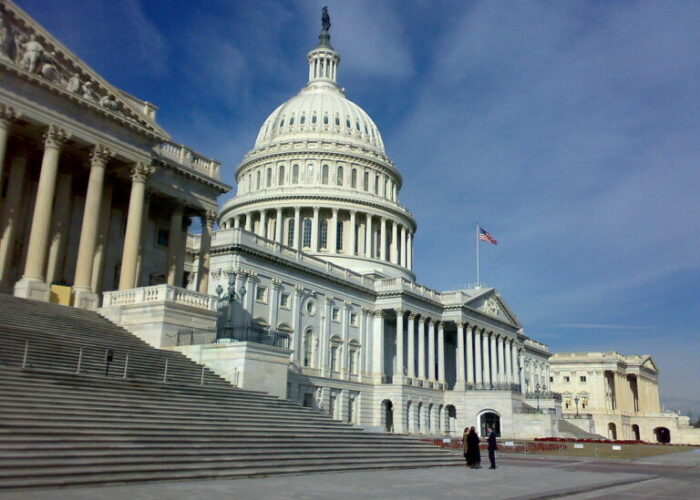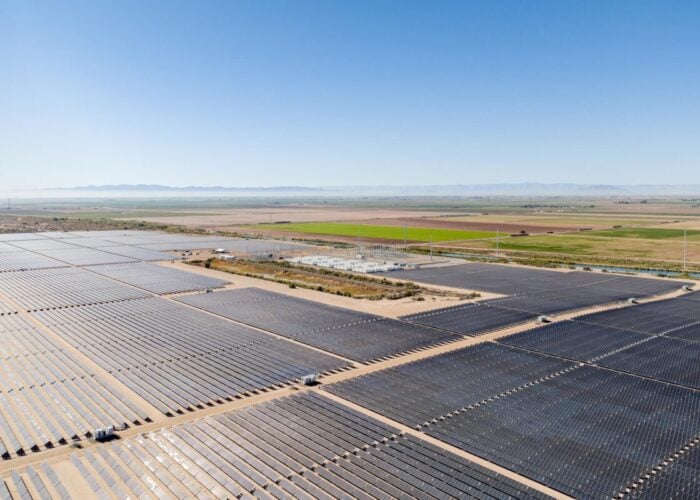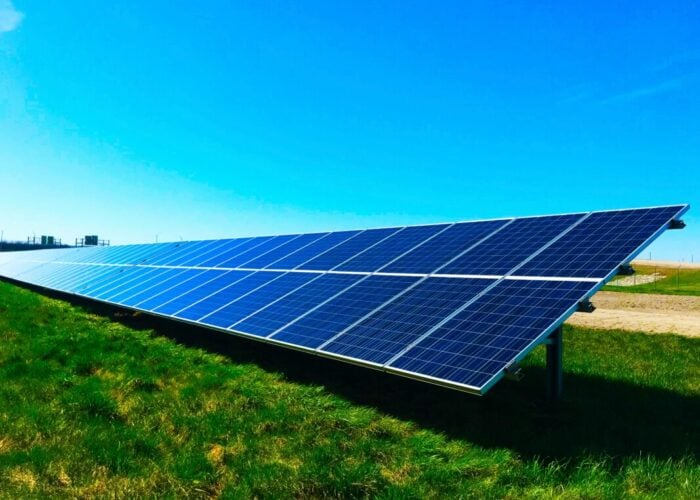
The US installed 4.6GW of solar capacity during Q3 2022, a 17% decrease from the same period last year, as trade barriers and supply chain constraints continue to hamper deployment, according to research from the Solar Energy Industries Association (SEIA) and Wood Mackenzie.
Since the Uyghur Forced Labor Prevention Act came into effect on 21 June 2022, the US solar industry has faced module shipment delays that have limited the deployment of solar PV in the country, which is expected to continue until the second half of 2023, according to Wood Mackenzie.
Try Premium for just $1
- Full premium access for the first month at only $1
- Converts to an annual rate after 30 days unless cancelled
- Cancel anytime during the trial period
Premium Benefits
- Expert industry analysis and interviews
- Digital access to PV Tech Power journal
- Exclusive event discounts
Or get the full Premium subscription right away
Or continue reading this article for free
Despite that and for the sixth quarter in a row residential solar increased its deployment, while recording its best quarter ever with a 43% increase – the only segment to have had an increase over the previous quarter – over Q3 2021.
California made up 36% of total installs as installers push to sell residential solar before the vote on the net energy metering proposal in California on 15 December. For the first time, California installed more than 500MW in the residential segment, with 571MW in Q3 2022, while 19 states set quarterly records in the third quarter of 2022.
The continued strength of residential solar comes from customers’ interest in energy independence and the increasing retail power prices across the US.
The supply chain constraints, along with project delays, have affected utility-scale solar the most which is down 36% from Q3 2021 and deployed 2.5GW of solar capacity during Q3 2022.
“The solar and storage industry is acting decisively to build an ethical supply chain, but unnecessary supply bottlenecks and trade restrictions are preventing manufacturers from getting the equipment they need to invest in US facilities. In the aftermath of the Inflation Reduction Act (IRA), we cannot afford to waste time tinkering with trade laws as the climate threat looms,” said SEIA CEO, Abigail Ross Hopper.
“tuIn the non-residential segment, 340MW of commercial solar was added, up 3% from Q3 2021, while 212MW of community solar was deployed, a 17% decrease.
During Q3 2022 solar accounted for 45% of all new electricity capacity added to the US grid, more than any other technology.
Furthermore, due to the continued impact of supply chain constraints, solar installations for 2022 are expected to reach 18.6GW, a 23% decrease from 2021 with utility-scale (10.3GW) expected to decline 40% from the previous year.
The US will have to wait until 2024 before being able to feel the impact of the IRA, with an annual growth forecast of 21% on average across all solar segments from 2023-2027, according to Wood Mackenzie.






